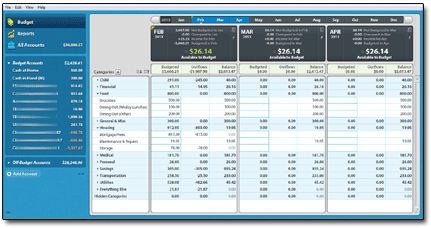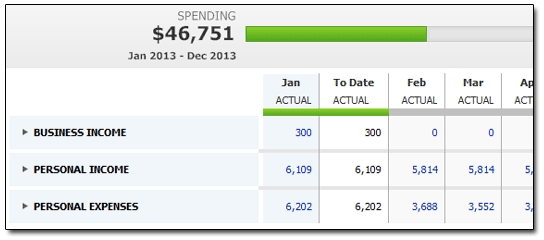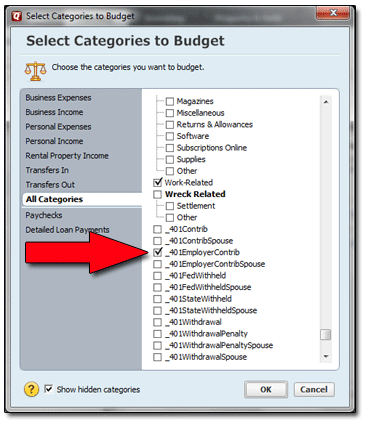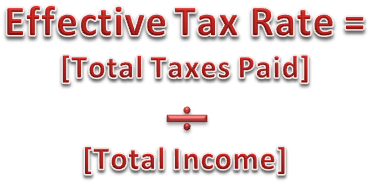Now here’s a PBS video which I think illustrates at once a horrific concept, and a fabulous one:
PBS: Savings and Loans: Employer Plans Encourage Saving (~12 minutes)
What’s horrific? People borrowing money from their employers. Now, if your employer’s a bank, then hey, fine, whatever; it’s what they do. When all hell blows up on them, taxpayers pick up the tab, and no one much gives a crap after a year or so. (Especially if the stock market is tagging record highs.)
Outside of that, if your employer isn’t a bank or similar, then they shouldn’t be in the business of making loans. Just my opinion. That’s what banks, credit unions, pawn shops, check-advancers, and your neighborhood loan shark are for. Though of course it’s the employers’ money, and they can do with it what they want. (In the video, the employer is more “facilitating” the loans than they are “making” them. The loans are actually made by local credit unions, with interest rates in the 17 percent range.)
In my modest personal experience, watching how these sorts of employer-as-lender policies are treated in workplaces, I’ve found that even when these loans turn out well, they tend to be used by the same folks again, and again, and again. Maybe I’m wrong, but I don’t think that’s the goal.
The Part I Applaud
In the video, we’re told that the employers in question made an interesting policy tweak: Loan payments are withheld directly from employees’ paychecks over time, and once the loans are paid back, the default option is for employees to continue having those same amounts withheld, but deposited into savings accounts so that they begin building savings. Employees can opt out of this “forced” Baby Step #1, of course, but most (we’re told) do not.
This part of the plan, I adore.
By the time the loan is paid back, I’d imagine that you as employee would have at least a decent chance of realizing that you really COULD live without that small chunk of your paycheck. It wasn’t so hard, was it? Lo and behold, the saving you thought you could NEVER EVER do turns out to be achievable — cold, hard cash in a bank account. When the next little emergency pops up, perhaps you’ve got it covered.
(Though I’d argue that the peace of mind savings provides is probably worth as much as the actual money itself. And the less someone has experienced actual “saving,” the more important that peace of mind is.)
Given the context that’s presented in the PBS video, I might be willing to revisit my “Employers shouldn’t be making loans” stance. I could see where both parties really could benefit from such an arrangement.









